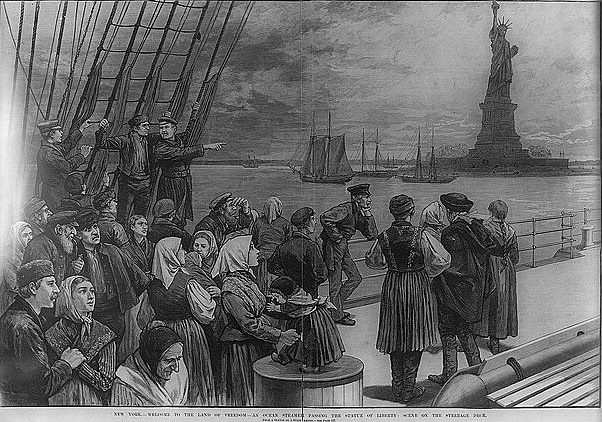
Old money people are people that have grown up with money their whole life. They are selfish and have little care about others feelings and opinions. They are generally snobs. They feel that since they have been born rich that they are elite compared to the rest of the world. The Old money people generally live in East Egg. East Egg is commonly known for hosting families that are rich and that have been this way for many years. The Old money people are well respected and loved by many. They are commonly mimicked by their neighbors in West Egg. The Old money people are judgemental and wont think twice about what they say, and if they say something insulting or rude they will most likely not ask for forgiveness.

The New Money people on the other hand are people that are newly rich. These people have worked very hard and have dedicated their blood, sweat, and tears into their money that they now own. This group of New Money people generally live i n West Egg. West Egg hosts many criminals only because during the 1920s many people were involved in illegal activities involving alcohol. Among these criminals is Jay Gatsby. Jay Gatsby is one of the richest men in West Egg. We also know that Jay Gatsby has been making his money through bootlegging. The New Money people aren't as respected as the Old Money people. The New Money people actually copy many things that the Old money people do as to try to be as prestige as them.
n West Egg. West Egg hosts many criminals only because during the 1920s many people were involved in illegal activities involving alcohol. Among these criminals is Jay Gatsby. Jay Gatsby is one of the richest men in West Egg. We also know that Jay Gatsby has been making his money through bootlegging. The New Money people aren't as respected as the Old Money people. The New Money people actually copy many things that the Old money people do as to try to be as prestige as them.
 n West Egg. West Egg hosts many criminals only because during the 1920s many people were involved in illegal activities involving alcohol. Among these criminals is Jay Gatsby. Jay Gatsby is one of the richest men in West Egg. We also know that Jay Gatsby has been making his money through bootlegging. The New Money people aren't as respected as the Old Money people. The New Money people actually copy many things that the Old money people do as to try to be as prestige as them.
n West Egg. West Egg hosts many criminals only because during the 1920s many people were involved in illegal activities involving alcohol. Among these criminals is Jay Gatsby. Jay Gatsby is one of the richest men in West Egg. We also know that Jay Gatsby has been making his money through bootlegging. The New Money people aren't as respected as the Old Money people. The New Money people actually copy many things that the Old money people do as to try to be as prestige as them.




















